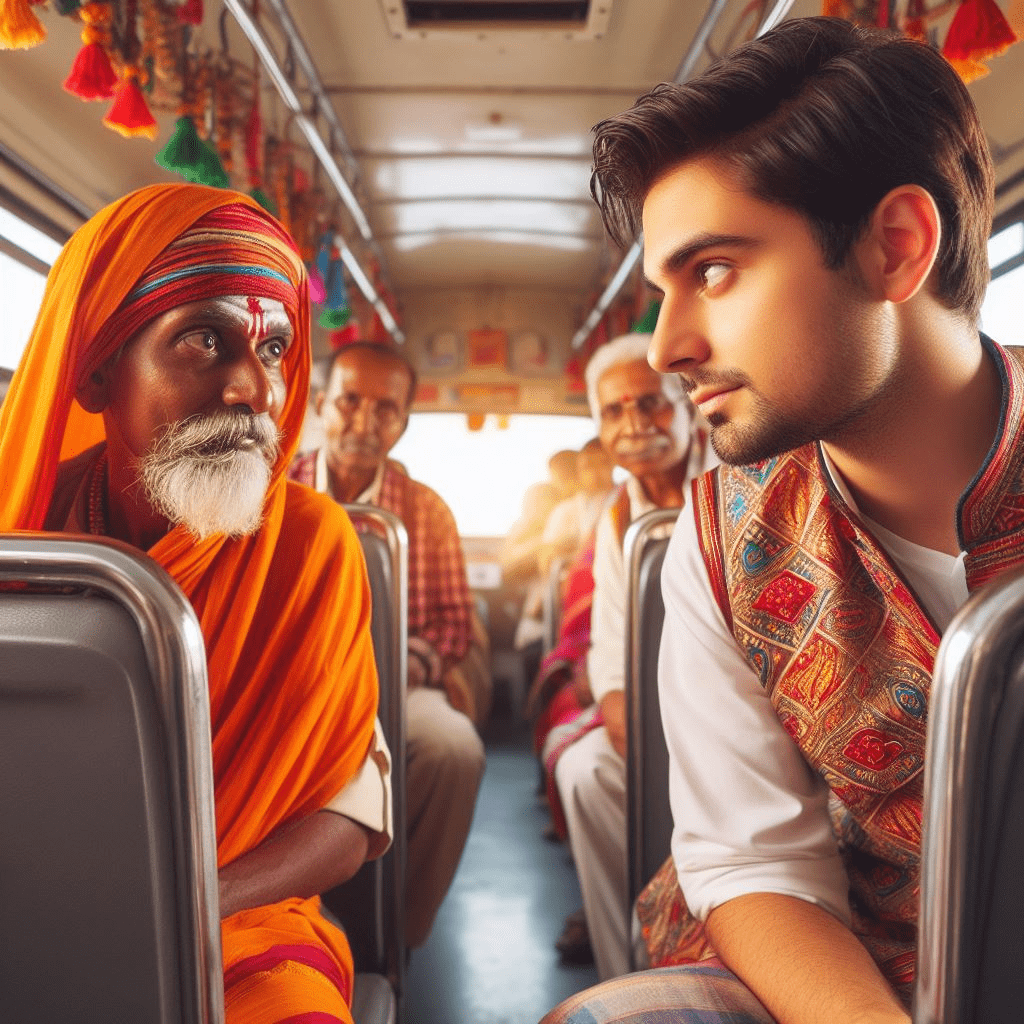Traveling to India is an adventure filled with vibrant colors, rich traditions, and warm hospitality. However, one cultural difference that might catch you off guard is staring. It’s common, especially for foreign travelers, and can feel unsettling at first. Here’s a practical guide to understanding why it happens, how to handle it, and tips to make your journey smoother and more enjoyable.
Why Do People Stare in India?
Curiosity Drives Attention
India is a diverse country, but in many areas, especially smaller towns and rural regions, foreigners stand out due to differences in appearance—think skin tone, hair color, or clothing style. Locals, particularly children, may stare out of sheer curiosity because they rarely encounter international visitors. For example, in a bustling market in Rajasthan or a quiet village in Kerala, your presence might spark intrigue, especially if you’re dressed in Western attire like shorts or a bright t-shirt.
A Sign of Respect or Admiration
In some cases, staring reflects respect or admiration. Locals may see your visit as a bold choice to explore their culture, and their gaze can be a silent acknowledgment of your interest in India. For instance, an elderly person in a temple might stare with a warm smile, appreciating your effort to engage with their traditions.
Cultural Norms Differ
Unlike in some Western cultures where staring can feel confrontational, in India, it’s rarely meant to be rude or threatening. It’s often just an expression of interest. In crowded places like Delhi’s Chandni Chowk or a train station in Varanasi, you might notice prolonged glances from passersby. This is usually harmless curiosity, not hostility.
Practical Tips to Navigate Staring
Embrace the Attention
A simple smile or a friendly “Namaste” (a traditional Indian greeting) can turn an awkward moment into a warm exchange. For example, if a group of kids in a Jaipur street giggles and stares, a quick wave or a “Hello!” can spark laughter and connection. Engaging lightly shows you’re open to their culture, often diffusing any discomfort.
Dress Thoughtfully
India’s fashion scene is vibrant, especially in cities like Mumbai, but modest clothing is key to blending in and feeling comfortable. For women, covering shoulders and knees—think long skirts, kurtas, or pants—helps respect local norms and reduces unwanted attention. Men should avoid sleeveless shirts or very short shorts, especially in rural areas. At religious sites like the Golden Temple in Amritsar or Tirupati, covering your head with a scarf (for both genders) is often required and shows respect.
Carry a Scarf or Shawl
A lightweight scarf or shawl is a traveler’s best friend. It’s not just for covering up at temples or mosques; it can also create a sense of personal space in crowded places like Mumbai’s local trains or Varanasi’s ghats. Draping it over your shoulders can make you feel less exposed if stares feel overwhelming.
Use Body Language
If someone’s stare feels too intense or they follow you, a polite nod or smile often signals acknowledgment and gently communicates that you’d like to move on. Avoid confrontational gestures like staring back aggressively. For example, in a busy market in Kolkata, breaking eye contact naturally by looking at nearby stalls can shift focus without escalation.
Stay Confident and Aware
While staring is usually harmless, trust your instincts. If you feel uneasy, stick to well-lit, populated areas, especially at night. In tourist hubs like Goa or Udaipur, you’re less likely to feel singled out, but in quieter regions, pairing up with a travel buddy can boost your confidence. Always have a local contact or guide’s number handy for advice.
Additional Insights for Travelers
You’re Not Alone
Every traveler to India, from first-timers to seasoned explorers, notices the stares at some point. It’s a universal experience, especially in less touristy areas like rural Tamil Nadu or small-town Himachal Pradesh. Treat it as part of the cultural tapestry—a chance to learn and connect rather than a barrier.
Turn Curiosity into Connection
If someone’s curiosity feels friendly, don’t hesitate to engage. A polite question like “Where are you from?” is common and can lead to meaningful exchanges. For instance, while sipping chai at a roadside stall in Pushkar, answering a local’s question about your home country might spark a conversation about their town’s annual camel fair. These moments often become trip highlights.
Regional Differences
Staring varies by region. In major cities locals are more accustomed to foreigners, so stares may be brief. In contrast, in rural areas or smaller cities, you might attract more attention. Understanding this helps set expectations—city visits might feel familiar, while village explorations require more cultural adaptability.
Practical Prep for Comfort
- Learn Basic Phrases: Knowing “Namaste” (hello), “Shukriya” (thank you), or “Kaise ho?” (how are you?) in Hindi or a state language like Tamil or Bengali can make you seem approachable, reducing curious stares.
- Blend In with Accessories: Wearing a bindi (forehead dot) or simple Indian jewelry like bangles, especially for women, can signal cultural appreciation and slightly reduce attention.
- Travel with Context: Reading up on local customs before visiting a place like Varanasi (known for its spiritual intensity) or Kerala (known for its laid-back vibe) helps you anticipate and respond to local behaviors.
Final Thoughts
Staring in India is a small part of a much larger, incredible travel experience. By understanding it as a cultural quirk rooted in curiosity and respect, you can navigate it with ease and confidence. Embrace these moments as opportunities to connect with locals, share a smile, or learn something new. With a bit of preparation and an open mind, you’ll find India’s warmth and diversity far outweigh any initial discomfort.
Categories :


